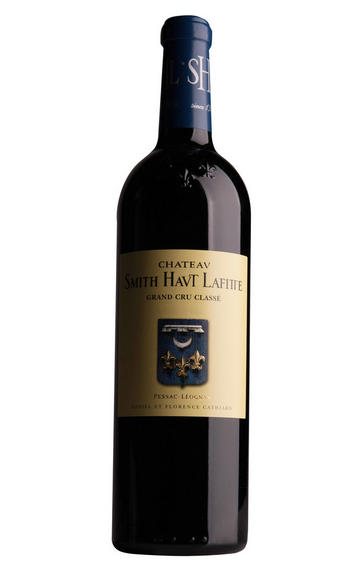
2015 Château Smith Haut Lafitte, Pessac-Léognan, Bordeaux
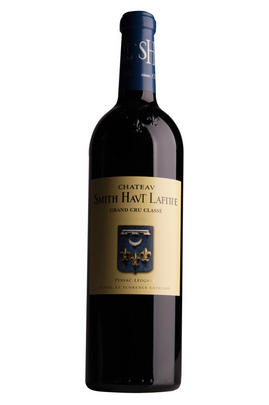
Critics reviews
Lisa Perrotti-Brown - 17/02/2018
Drink 2024-2040
Jancis Robinson MW - jancisrobinson.com - Apr 2016
James Suckling - jamessuckling.com - Apr 2016
Smith Haut Lafitte has clearly stopped chasing the ripest fruit, instead going for the most aromatic, at perfect phenolic maturity. 3.7pH, 65% new oak.
Drink: 2025-2040
Jane Anson - decanter.com - April 2016
About this WINE
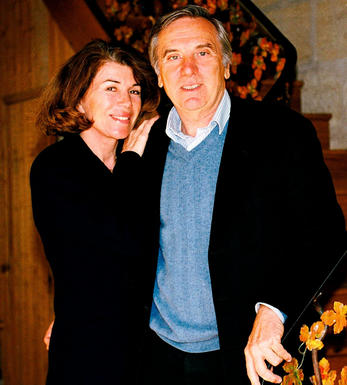
Chateau Smith Haut Lafitte
Château Smith-Haut-Lafite has been transformed during the last decade from being a perennial underachiever to being one of the leading estates in the Graves region.
For many years it was owned by the Bordeaux négociant Eschenauer - in 1990 it was bought by former Olympic skiing champion, Daniel Cathiard. He cut down on the amount of chemicals and herbicides used in the vineyards, and fully modernised the winemaking facilities. The proportion of new oak barrels used in the maturation process was increased and a trio of eminent oenologists (including the ubiquitous Michel Rolland) were hired as consultants.
The 55 hectares of vineyards are located on a gravel ridge to the east of Château Haut-Bailly. The red wine is a blend of Cabernet Sauvignon (55%), Merlot (35%) and Cabernet Franc (10%). The grapes are fermented in stainless steel vats and the wine is then matured in oak barrels (50% new) for 15-18 months. The wines are bottled unfined and unfiltered.
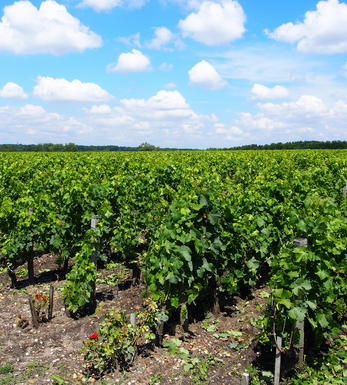
Pessac-Leognan
In 1986 a new communal district was created within Graves, in Bordeaux, based on the districts of Pessac and Léognan, the first of which lies within the suburbs of the city. Essentially this came about through pressure from Pessac-Léognan vignerons, who wished to disassociate themselves from growers with predominately sandy soils further south in Graves.
Pessac-Léognan has the best soils of the region, very similar to those of the Médoc, although the depth of gravel is more variable, and contains all the classed growths of the region. Some of its great names, including Ch. Haut-Brion, even sit serenely and resolutely in Bordeaux's southern urban sprawl.
The climate is milder than to the north of the city and the harvest can occur up to two weeks earlier. This gives the best wines a heady, rich and almost savoury character, laced with notes of tobacco, spice and leather. Further south, the soil is sandier with more clay, and the wines are lighter, fruity and suitable for earlier drinking.
Recommended Châteaux: Ch. Haut-Brion, Ch. la Mission Haut-Brion, Ch. Pape Clément, Ch Haut-Bailly, Domaine de Chevalier, Ch. Larrivet-Haut-Brion, Ch. Carmes Haut-Brion, Ch. La Garde, Villa Bel-Air.
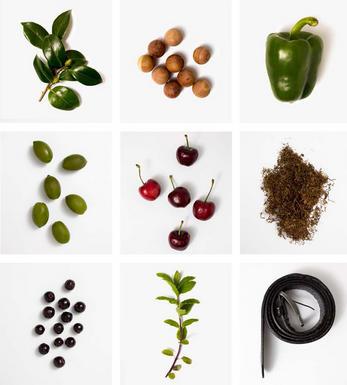
Cabernet Sauvignon Blend
Cabernet Sauvignon lends itself particularly well in blends with Merlot. This is actually the archetypal Bordeaux blend, though in different proportions in the sub-regions and sometimes topped up with Cabernet Franc, Malbec, and Petit Verdot.
In the Médoc and Graves the percentage of Cabernet Sauvignon in the blend can range from 95% (Mouton-Rothschild) to as low as 40%. It is particularly suited to the dry, warm, free- draining, gravel-rich soils and is responsible for the redolent cassis characteristics as well as the depth of colour, tannic structure and pronounced acidity of Médoc wines. However 100% Cabernet Sauvignon wines can be slightly hollow-tasting in the middle palate and Merlot with its generous, fleshy fruit flavours acts as a perfect foil by filling in this cavity.
In St-Emilion and Pomerol, the blends are Merlot dominated as Cabernet Sauvignon can struggle to ripen there - when it is included, it adds structure and body to the wine. Sassicaia is the most famous Bordeaux blend in Italy and has spawned many imitations, whereby the blend is now firmly established in the New World and particularly in California and Australia.


Buying options
Add to wishlist
Description
With a generous elegance and subtle underbelly of power, this wine has good weight and balance, and a really decent freshness. The minerality of its commune really shines through and the earthy, grainy tannins are rewarding on the finish. It is a pleasant, tasty and attractive wine.
wine at a glance
Delivery and quality guarantee